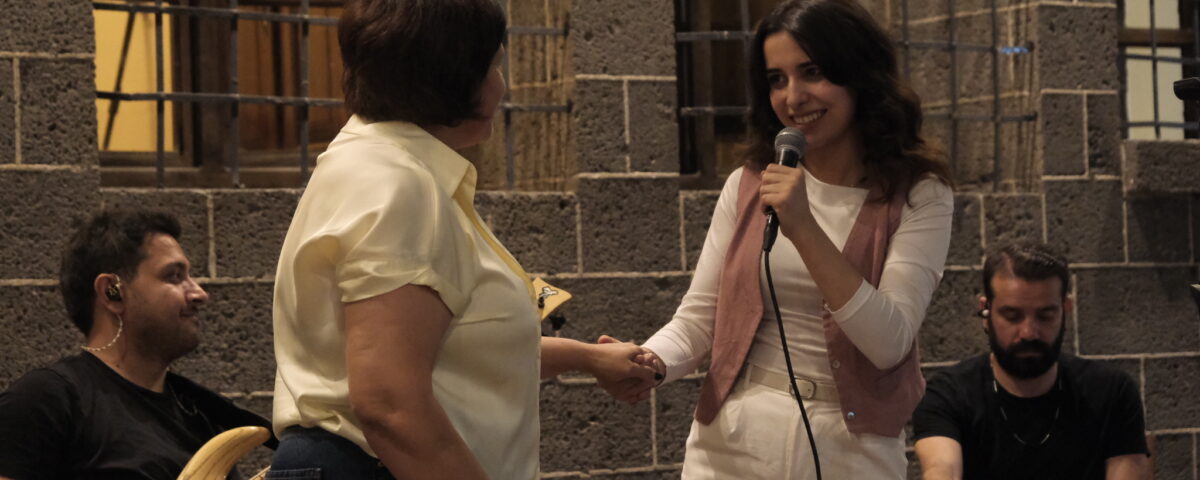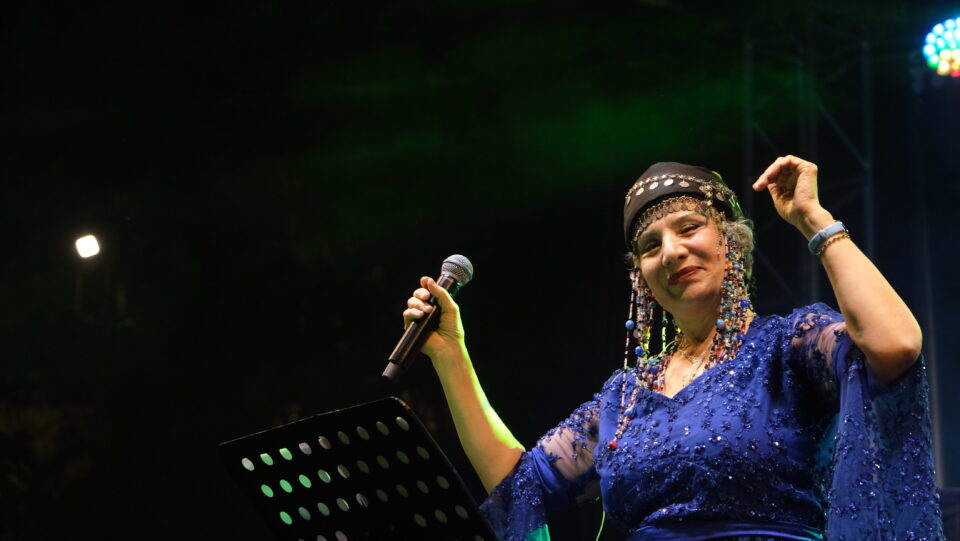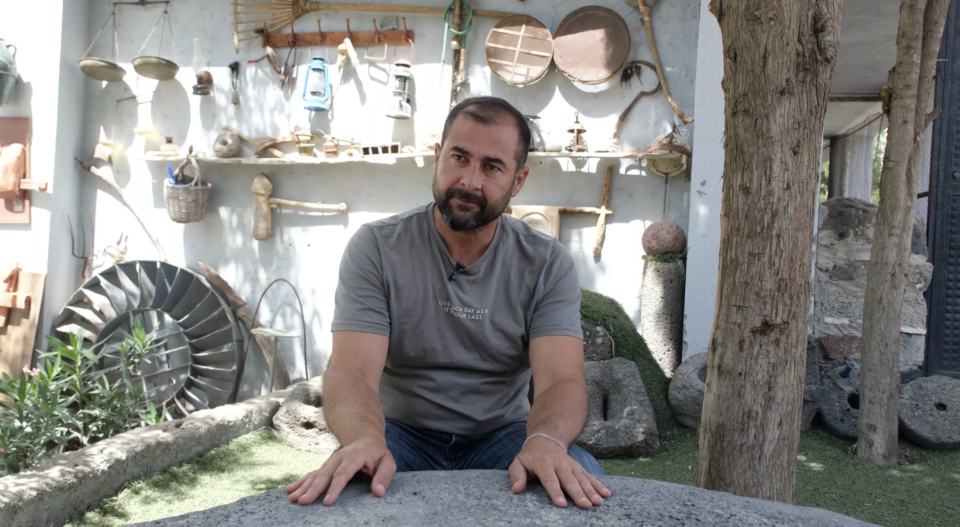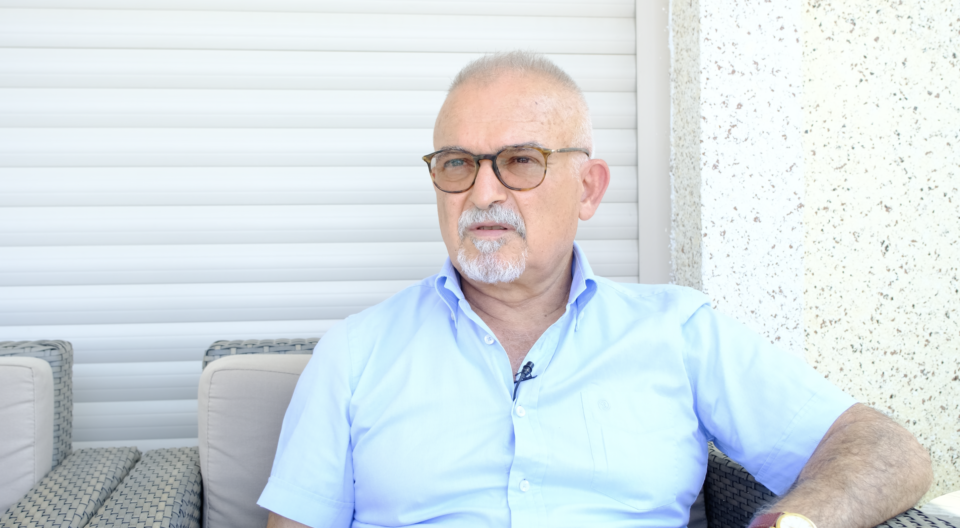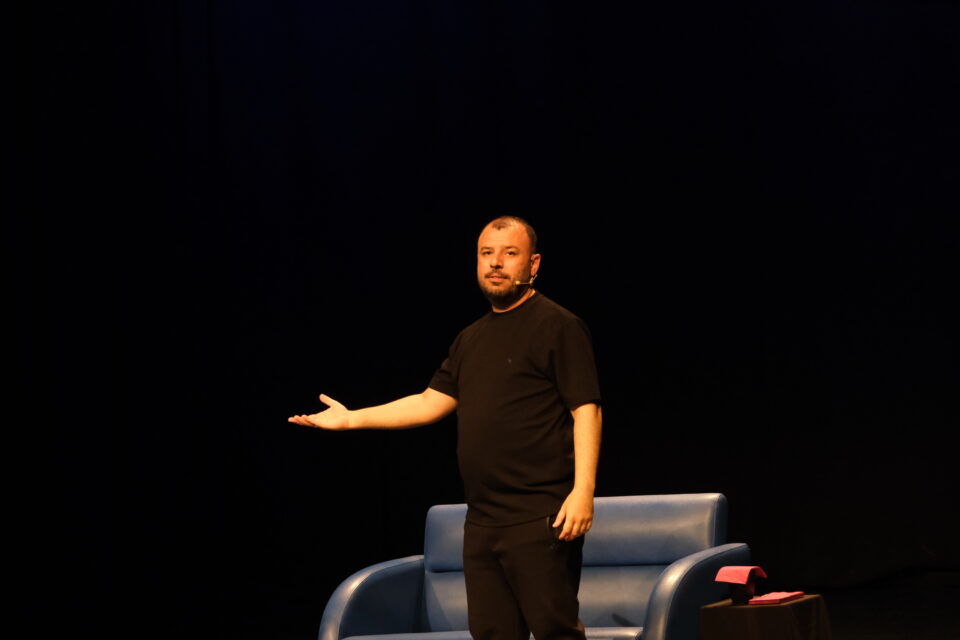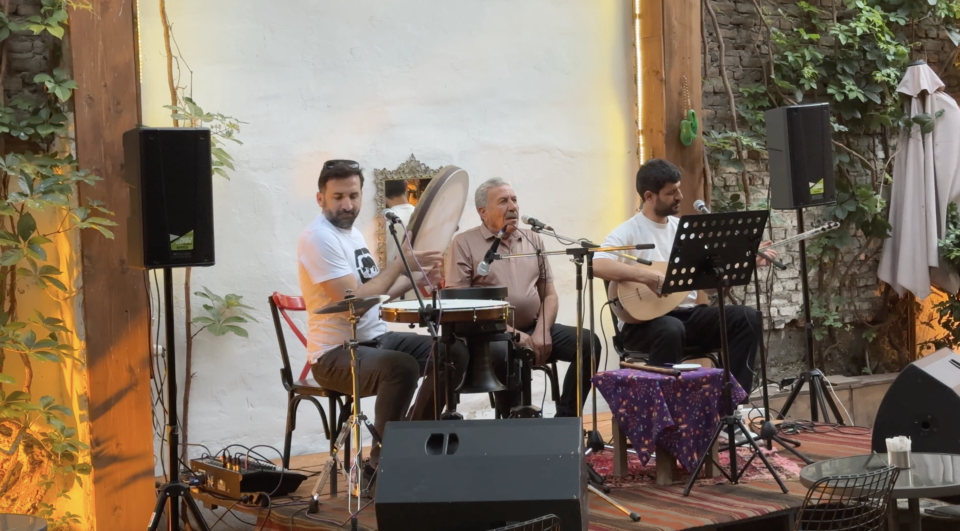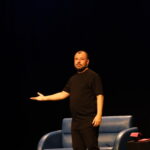
Erdal Kaya: Kurdish stand-up comedy should become normalized
10.09.2025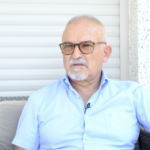
Forgotten traditions in Kurdish villages of Central Anatolia: Stories from the village of Mikaîla
25.09.2025Once upon a time, there was a voice that echoed through the streets of Diyarbakır, then fell silent for a century: Kosrof Malool.
If we can hear that voice again today, it is partly thanks to one woman’s persistent quest to preserve its memory.
The beginning of a search for memory
In 2012, while working for the Diyarbakır Metropolitan Municipality, Zeynep Yaş set out to document the city’s multilingual musical heritage. While preparing for the city museum, everyone she asked, “What is this city’s music?” gave her the same answer: “There was no Kurdish music.”
But Yaş sensed that behind this answer lay a great oblivion. She began to trace the Kurdish melodies that had echoed on radios and records since the 1920s.
On the dusty shelves of archives: Kosrof Malool
Years of archival research led him to Kosrof Malool, a Syriac artist from Diyarbakır. Mehmet Şimşek had come across Malool’s name while researching the Syriacs and Chaldeans, and it turned out that Malool had sung Kurdish songs in the 1910s. Deeply moved when he first heard this voice, Yaş says, “I had never heard a sound like this before.”
Malool’s story stretches from Diyarbakır to Mosul, Alexandria, then France, and finally to the US state of New Jersey. Born in Diyarbakır in 1881, Malool was forced to leave the city with his family in the late 1890s. In New Jersey, he recorded the melodies he brought from his homeland on records in Kurdish and Turkish.
Songs such as “Şivanê Kurd” and “Çemê Sînanîkê” rising from his voice bring back forgotten traces in Diyarbakır’s memory.
Other voices emerging from Diyarbakır’s memory
Yaş’s research is not limited to Malool. Among the recordings compiled by a researcher named Felix Lcy during his work in İslahiye in 1902 is a Kurdish song called “Lawo,” sung by Ali Efendi from Diyarbakır. In addition, in the 1920s, Xelile Xazê added a new layer to this memory with his works recorded on vinyl records in the Middle East.
A melody echoing again a century later
These once-forgotten voices are now resurfacing centuries later. Yaş states, “These recordings are invaluable in terms of Diyarbakır’s memory,” and adds:
“I haven’t finished yet, but one day I will share this entire archive with everyone.”
The echo of “Çemê Sînanîkê,” recorded a century ago, is now returning with a completely different breath. After a century, the same melody has been revived in the voice of Diyarbakır artist Neslihan Ediş. Performed at a concert held within the stone walls of the İskenderpaşa Mansion, this piece created an invisible bridge between the past and the present, enveloping the entire hall in silence.
A bridge built with the voice of Neslihan Ediş
Before Ediş performed Çeme Sînanîkê, Zeynep Yaş, whom she invited on stage, turned to Ediş and continued with words that resonated warmly throughout the hall:
“I know you are still at the beginning of your journey… You started with a beautiful song, which made me very happy. I congratulate you from the bottom of my heart. Undoubtedly, this archive is at the service of our artists, and you are wholeheartedly embracing this heritage. Neslihan sang that song with her warm heart; she carried it from a century ago to today. Thank you… I hope our artists continue to embrace our cultural heritage.”
A bridge repaired between the past and the present
This research conducted by Zeynep Yaş is not only about preserving a musical heritage; it also means repairing the bridge between the past and the present. Each note makes a lost story, a forgotten language, a silenced memory visible again.

